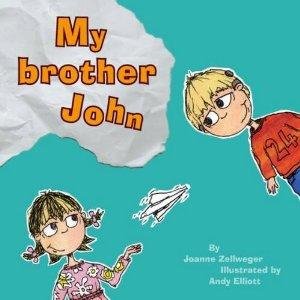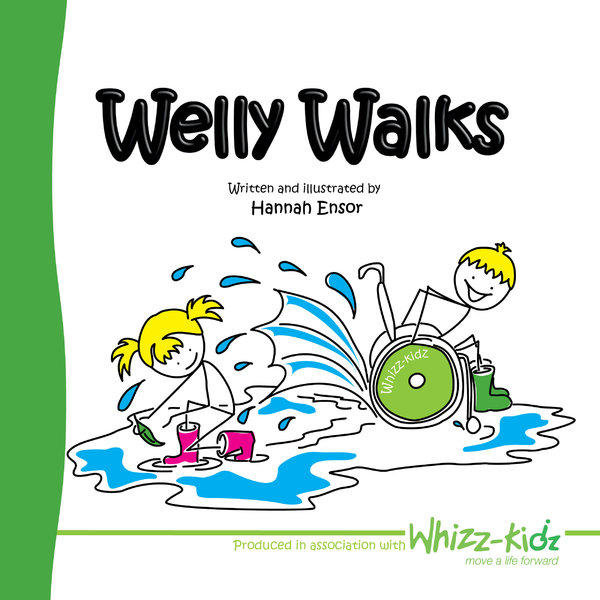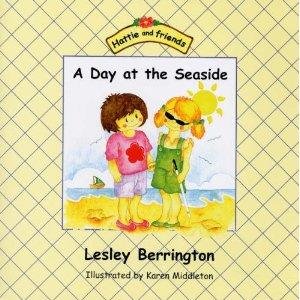Introduction: Children With Disabilities and the Modern World
There are a lot of ways with the help of which children with disabilities can integrate into the modern world and become an integral part of it. However, researchers believe that among the most efficient interventions of all, children’s books with characters who are disabled as well take the first prize.
As Iaquinta and Hipsky (2006) claim, “The process of bibliotherapy is based in classic psychotherapy principles of identification” (p. 209). However, books can form certain stereotypes of disabled children, which is why the issue is worth consideration.
Children’s Books About the Disabled: A New Take on the Old Problem
Indeed, children’s books with their images of disabled characters, especially children, can help the little readers shape to their self-esteem, understanding that they are just as good and worthy as the other children are and that their success can be considered even greater progress, though these efforts might lead to less graphic results.
As Konrad, Helf, and Itoi (2007) explain, “If teachers take a strategic approach to selecting and using children’s literature, they can address both self-determination and literacy skills” (Konrad, Helf, and Itoi, 2007, p. 65).
When the Stories Help Understand the Way the World Works
However, it can also be considered that, when not presenting the disabled characters properly, the books of the above-mentioned type can harm the readers. For instance, when portrayed as an antagonist, a disabled character can serve as the sign for the readers that the disabled must be feared or loathed.
Thus, the choice of books must be extremely careful. In addition, books are a wonderful means to help disabled children integrate into society, yet it is important to remember about other means of intervention: “There are three critical early transitions for children with special needs and their families” (Rosenkoetter, Hains, and Dogaru, 2007, p. 25).
Conclusion: From A to Z. Through the Pages of a Book and What Children Will See There
Hence, it can be concluded that books are an essential means to help disabled children become a part of society. In addition, books of such kind also serve as the means to tell other children about the disabled ones. Finally, as Clopton and East (2008) explained, book intervention helps not only in the case of a child’s disability, but also with any traumatizing background (e.g. for children whose parent is imprisoned, etc.).
Book Pictures: The Disabled Characters. Analysis and Reflections
As it can be concluded from the above-mentioned, creating disabled characters which disabled children can relate to and with the help of which children can cognize the world is a good idea. However, it is not only the text, but also the images in the book that matter. Taking a closer look at some of them, one can see what impact such characters can have on the readers.

In this book, John, the lead character, is deaf and dumb. It is important that the artist depicted the boy with a cheerful smile. In addition, John never moves his lips in the pictures, which helps the children understand the world of deaf-and-dumb people better.

Describing a wheelchair boy, the artist uses bright colors and creates the characters which remind us of childlike scribbles. Rather cheerful, the drawings help the young readers focus on the character rather than on his disability.

This book plays on contrasts, mentioning a sunny day and describing a blind girl who cannot see the bright sunlight. Vivid and colorful, the images help the children relate to the lead character.
Reference List
Clopton, K., and East, K. (2008). “Are there other kids like me?” Children with a parent in prison. Early Childhood Education Journal, 36(2), 195-198.
Iaquinta, A., and Hipsky, S. (2006). Practical bibliotherapy strategies for the inclusive elementary classroom. Early Childhood Education Journal, 34(3), 209-213.
Konrad, M., Helf, S., and Itoi, M. (2007). More bang for the book: using children’s literature to promote self-determination and literacy skills. Teaching Exceptional Children, 40(1), 64-71.
Rosenkoetter, S. E., Hains, A. H., and Dogaru, C. (2007). Successful transitions for young children with disabilities and their families: Roles of school social workers. Children & Schools, 29(1) 25-34.
Zellweger, J. (2010). My brother John. Cheshire, UK: Squeeze Marketing, Ltd. Web.
Ensor, H. (2011). Welly walks. Stable Yard, LA: 2QT Ltd. Web.
Berrington, L. (2007). A day at the seaside. Clermont, FL: Paw Prints Publishing. Web.